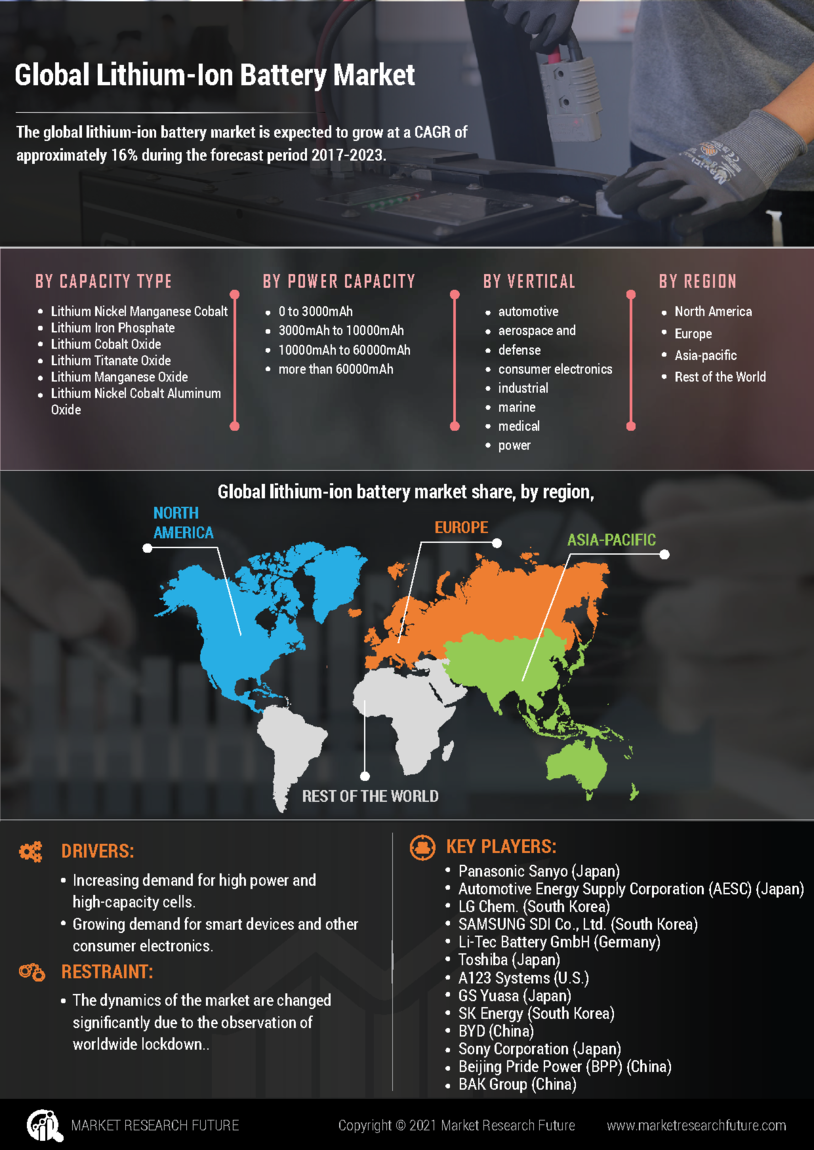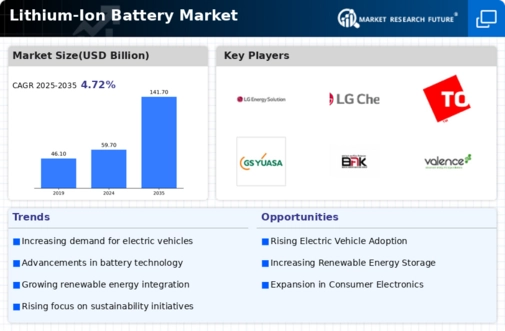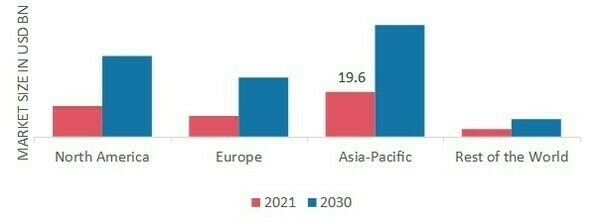Major market players are spending a lot of money on R&D to increase their product lines, which will help the Lithium-Ion Battery market grow even more. Market participants are also taking a range of strategic initiatives to grow their worldwide footprint, with key market developments such as new product launches, contractual agreements, mergers and acquisitions, increased investments, and collaboration with other organizations. Competitors in the Lithium-Ion Battery industry must offer cost-effective items to expand and survive in an increasingly competitive and rising market environment.
Major market players are investing a lot of money in R&D to expand their product portfolios, which will spur further growth in the lithium-ion battery market. With significant market development like new product releases, contractual agreements, mergers and acquisitions, increased investments, and collaboration with other organizations, market participants are also undertaking a variety of strategic activities to expand their global presence. In order to grow and remain in a market that is becoming more and more competitive, Lithium-Ion Battery industry must provide affordable products.
One of the primary business strategies adopted by manufacturers in the global Lithium-Ion Battery industry to benefit clients and expand the market sector is to manufacture locally to reduce operating costs. In recent years, Lithium-Ion Battery industry has provided with some of the most significant benefits. The Lithium-Ion Battery market major player such as Panasonic Holdings Corp, LG Energy Solution .and others are working to expand the market demand by investing in research and development activities.
Various electric and electronic goods are developed, manufactured, sold, and serviced by Panasonic Holdings Corp. (Panasonic), originally known as Panasonic Corp. Panasonic, Quasar, National, Technics, Victor, and JVC are among the brands that most of its goods are sold under. Minicomputers, telephone equipment, electric motors, chemical and solar batteries, and cathode ray tubes are examples of non-consumer goods. In February 2022, To grow its business internationally, Panasonic Holdings Corporation is establishing a production plant in western Japan's Wakayama Factory to produce new "4680" lithium-ion batteries for electric vehicles.
Mass manufacturing and productivity verification are projected to start after the fiscal year 2024 has ended.
Also, Battery manufacturer LG Energy Solution, Ltd. is based in Seoul, South Korea. LGES, along with CATL, Panasonic, SK Innovation, and Samsung SDI, is one of the biggest battery manufacturers. In October 2021, A memorandum of agreement was signed by Stellantis N.V. and LG Energy Solution, a division of LG Chem that produces battery cells and modules for North America. By 2030, Stellantis N.V. hopes to have a 40% market share in the US for electric vehicles thanks to this joint venture.










Leave a Comment